Thank you for downloading this Atria Books eBook.
Join our mailing list and get updates on new releases, deals, bonus content and other great books from Atria Books and Simon & Schuster.
C LICK H ERE T O S IGN U P
or visit us online to sign up at
eBookNews.SimonandSchuster.com
We hope you enjoyed reading this Atria Books eBook.
Join our mailing list and get updates on new releases, deals, bonus content and other great books from Atria Books and Simon & Schuster.
C LICK H ERE T O S IGN U P
or visit us online to sign up at
eBookNews.SimonandSchuster.com

An Imprint of Simon & Schuster, Inc.
1230 Avenue of the Americas
New York, NY 10020
www.SimonandSchuster.com
Copyright 2016 by Corey Pegues
All rights reserved, including the right to reproduce this book or portions thereof in any form whatsoever. For information, address Atria Books Subsidiary Rights Department, 1230 Avenue of the Americas, New York, NY 10020.
First Atria Books hardcover edition May 2016
 and colophon are trademarks of Simon & Schuster, Inc.
and colophon are trademarks of Simon & Schuster, Inc.
For information about special discounts for bulk purchases, please contact Simon & Schuster Special Sales at 1-866-506-1949 or .
The Simon & Schuster Speakers Bureau can bring authors to your live event. For more information or to book an event, contact the Simon & Schuster Speakers Bureau at 1-866-248-3049 or visit our website at www.simonspeakers.com.
Interior design by Paul Dippolito
Author Photographs by Michael Law / Michaud Lormil Jr. / The Law of Photography
Library of Congress Cataloging-in-Publication Data is available.
ISBN 978-1-5011-1049-8
ISBN 978-1-5011-1051-1 (ebook)
All photographs in the inserts are courtesy of the author.
For Brendale
For Corey Jr., Natasha, Kenyetta, Diquan, Cordale, and Cori
For all the young people out there whove made bad choices but are looking to change their lives. I hope my story will inspire you.
CONTENTS
The names of most individuals involved in criminal acivities, and all NYPD employees below the rank of Chief with whom the author worked, have been changed.
It was late in the afternoon. I was hanging out in Baisley Park, chilling on one of the benches next to the handball court, about to start my shift. Prince and Malik rolled up in Princes black BMW. Malik got out and he came over to me and he said, Yo, come on. Get in the car. We gotta go somewhere.
I jumped in the back. Malik got in the front passenger side, closed the door, and Prince pulled off. As we drove, Malik reached back and handed me a shiny black 9-millimeter pistol. He said, Here, hold this.
I took the gun. Wassup?
He said, Were going to take you someplace. When we get there were gonna point somebody out to you, and when we do youre gonna shoot him in the head.
PART ONE
Hustler
1
Suburban Sugar Hill
N o kid grows up dreaming of being a crack dealer. I certainly didnt. My mother did everything she could to put me on the right path, to teach me the difference between right and wrong.
She made us go to church every Sunday. Shed wake us up earlyso early that wed all have to shower the night before. The next morning wed be running around getting dressed while shed yell from downstairs, Hurry up! The Lord dont have no time to wait for you! There would be fights over the bathroom, because there was only one in the house for me, my parents, and my five sisters.
Ma would have breakfast ready when we came downstairs. Wed eat real fast and rush out the door. Poppa rarely came with us. Every Sunday she tried to get him to go, and every Sunday hed say, Eva, I aint goin to no damn church. We went to Prince of Peace Baptist in St. Albans, Queens, where we lived. It was a big church, a lot of members, including almost my entire extended family, my aunts and uncles and cousins. Church was all day. Me and my little sister, Latoniawe called her Tawnwe would start out at Sunday school in the basement, then go up to join my mother and my older sisters for the regular service. We had to be there for all three services, the six oclock, the eight oclock, and the eleven oclock. Tawn and I would get restless and start acting up, hitting each other, making noises. Ma would turn her head, grit her teeth, and say, Sit yasses down fore I beat you. We knew what that meant. We would settle down quietly for a while, until, inevitably, we would start back up again.
Getting through three services was hard but worth it, because after church wed get Mas home cooking. Every Sunday was like Thanksgiving at our house. My mother cooked during the week, but Sunday was the day wed eat . To make a big meal like that with six kids wasnt easy. Ma had a system and she ran a tight ship. She had one of us sweeping the floors, another setting the table, someone cutting the potatoes. Tawn and I would stir the cake mix, because we liked to lick the bowl. After dinner wed play games or do homework. The time we spent together on Sundays was always special.
I was born on Christmas Eve, December 24, 1968, at Mary Immaculate Hospital in Jamaica, Queens. Nobody called me Corey. My nickname was Boobie, or Boo. I dont know where it came from. My mother was Eva Jewel Caple, we called her Ma, and my father, Poppa, Richard Russell Sloan. My four older sisters, Linda, Vicky, Debra, and Angie, were from Mas earlier marriage in North Carolina, to a man named James Caple. My older sisters are much older. Angie is the youngest of those four, and shes six years older than me, so most of my memories from growing up are just me and Tawn, whos three years younger. We shared a bedroom and have the same father. We didnt get his last name, though; the two of us were given my mothers maiden name, Pegues. (Nobody pronounces it right. Its Pa- geez .)
St. Albans was a working- and middle-class black neighborhood in southeastern Queens. It was mostly African-American, sprinkled with some Caribbean, and by Caribbean I mean Jamaican. Some of the better off families from Sugar Hill in Harlem had started moving out after World War II. They called St. Albans the suburban Sugar Hill. A lot of famous names: Count Basie, Jackie Robinson, Ella Fitzgerald, James Brown. They all lived here back in the day. Just next to us were neighborhoods like Hollis and Laurelton and Springfield Gardens, places where blacks who had made it out of the ghetto were able to buy their own homes. To the south, down Guy R. Brewer and Sutphin Boulevard, was South Jamaica, home to the Baisley Park Projects and the South Jamaica Projects, which people called the 40 Houses. That was still the ghetto, pretty much. Thats where things got rough.
When I was growing up, middle-class black families were going even farther out, to towns like Hempstead and Roosevelt on Long Island, and St. Albans saw a lot of less-well-off families like ours moving in. It was definitely becoming a low-income neighborhood, but it was a stable, working-class neighborhood: kids playing in the park, people sitting in the front yards, barbecues in the summer. St. Albans had been all white before blacks started moving in, but by the time we lived there the only white person left on our block was Mr. George, this grumpy old fat guy. He was nice, but he was a loner. We only saw him when hed take his garbage out.
Next page

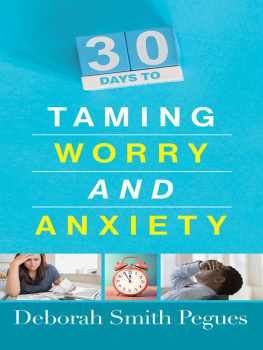
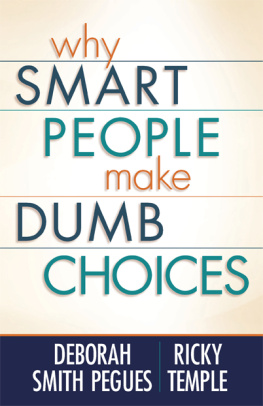
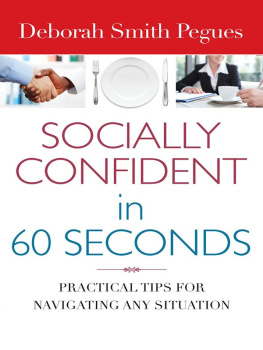

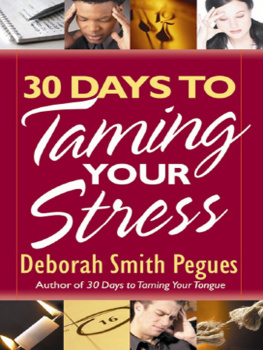
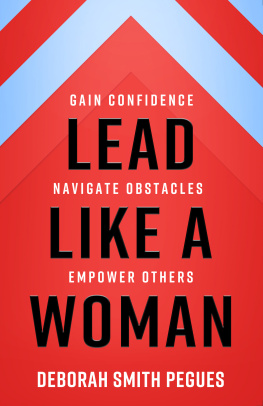


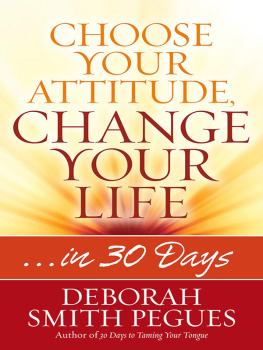

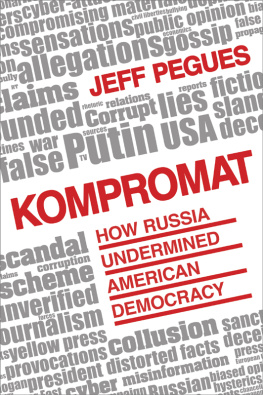


 and colophon are trademarks of Simon & Schuster, Inc.
and colophon are trademarks of Simon & Schuster, Inc.